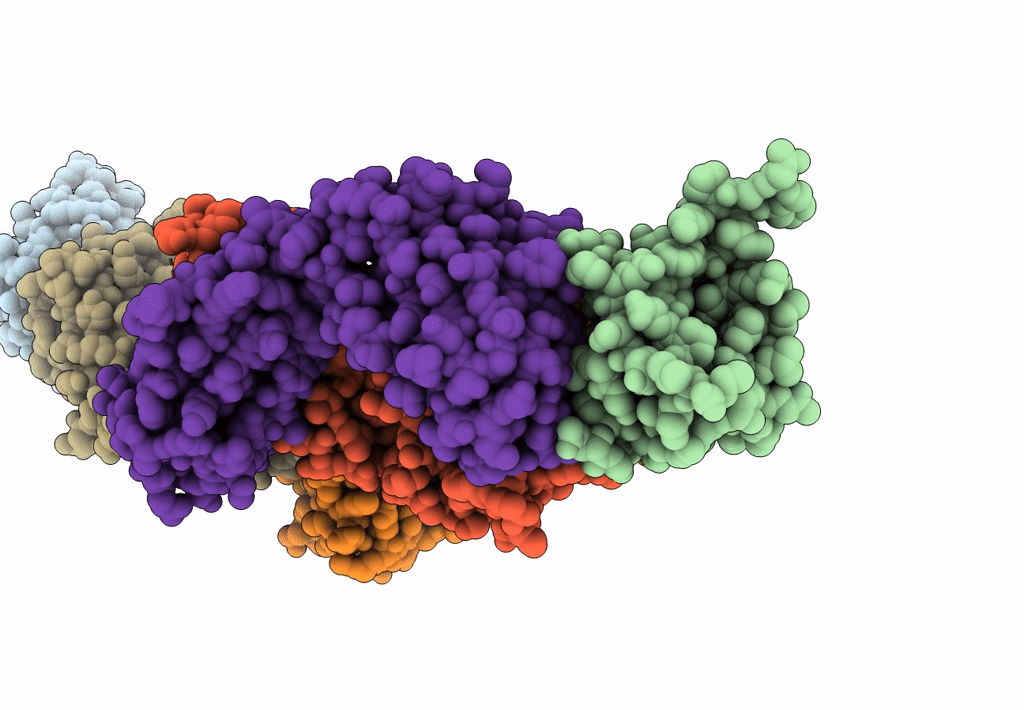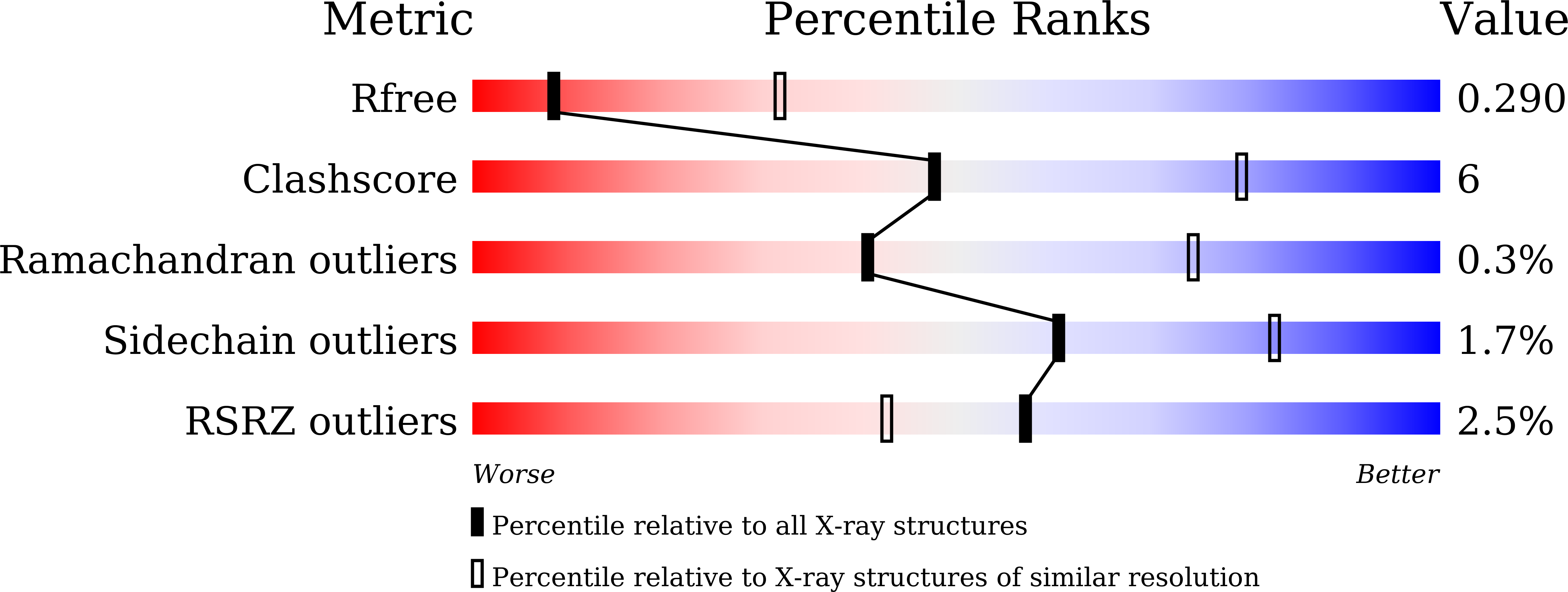
Deposition Date
2021-12-02
Release Date
2022-09-07
Last Version Date
2024-10-30
Entry Detail
PDB ID:
7W71
Keywords:
Title:
Crystal structure of the PDZ-C domain of E. coli RseP in complex with 12C7 Fab
Biological Source:
Source Organism:
Escherichia coli (Taxon ID: 562)
Mus musculus (Taxon ID: 10090)
Mus musculus (Taxon ID: 10090)
Host Organism:
Method Details:
Experimental Method:
Resolution:
3.20 Å
R-Value Free:
0.28
R-Value Work:
0.24
R-Value Observed:
0.24
Space Group:
P 21 21 21


